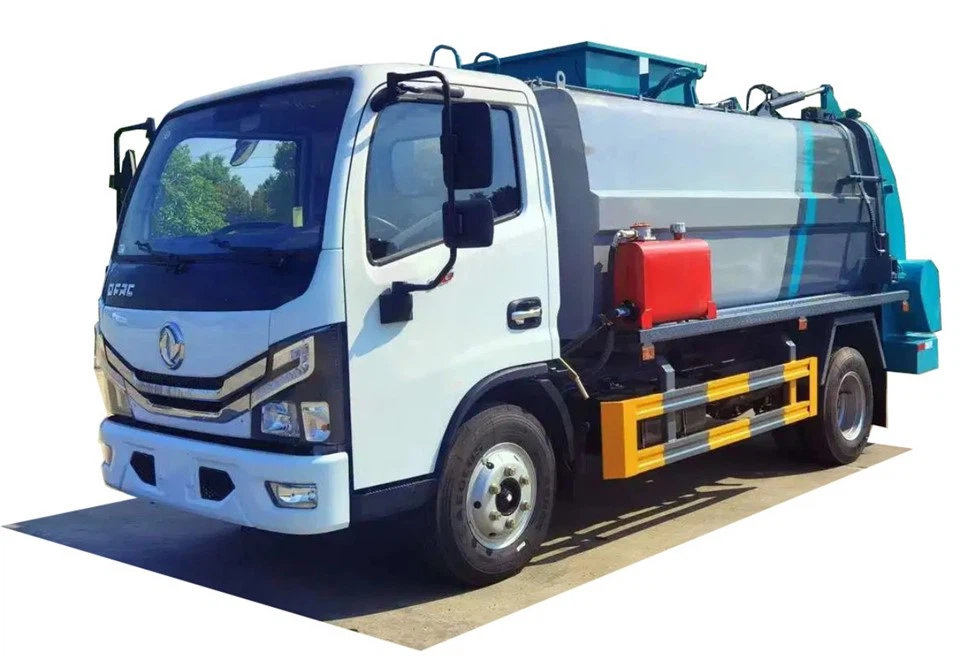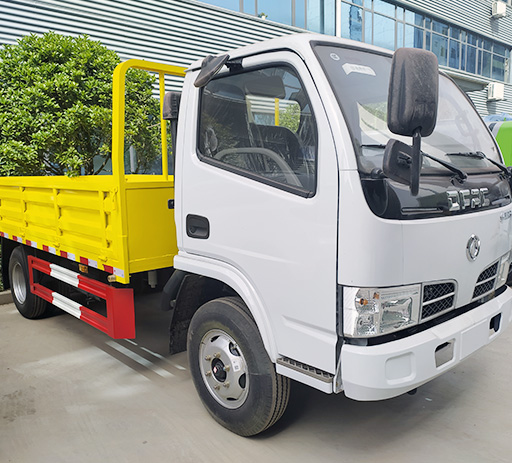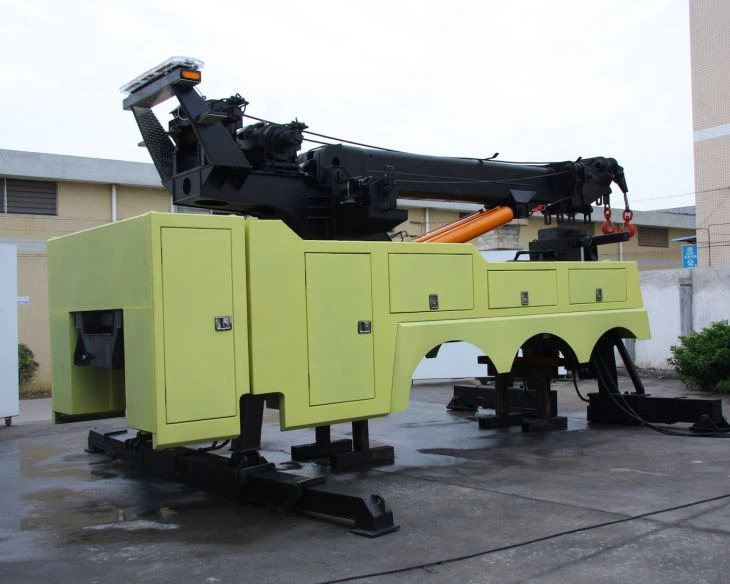Essential Guide to Fuel Truck Parts: Everything You Need to Know

Fuel trucks are vital in transportation and logistics. They ensure that fuel reaches various destinations safely and efficiently. Understanding fuel truck parts is crucial for operators, maintenance personnel, and businesses relying on these vehicles. In this comprehensive guide, we will delve into the essential components of fuel trucks, their functionalities, and best practices for maintenance and safety.
Understanding Fuel Trucks
Fuel trucks, also known as fuel tankers, are specialized vehicles designed to transport fuel, including gasoline, diesel, and other petroleum products. They come equipped with various parts that ensure safe transportation, effective storage, and accurate delivery of fuel to various locations. This section will provide an overview of the types of fuel trucks available and common applications.

Types of Fuel Trucks
There are several types of fuel trucks, each designed for specific purposes:
- Refueling Trucks: Generally used for service stations and businesses, including aviation fuel trucks.
- Bulk Fuel Transport Trucks: Used for transporting large quantities of fuel over long distances.
- Tank Trucks: Equipped with a tank to carry liquids, suitable for various industries.
Common Applications of Fuel Trucks
Fuel trucks are used in a range of sectors, including:
- Transportation and logistics
- Aerospace and aviation
- Marine and shipping
- Construction sites
The Main Parts of Fuel Trucks
Fuel trucks consist of several key components that contribute to their functionality and performance. Here are the primary parts of fuel trucks you need to know about:
1. Fuel Tank
The fuel tank is the most crucial part of the fuel truck. It is designed to store different types of fuel securely. Here’s what you need to consider:
- Material: Fuel tanks are usually made of aluminum or steel for durability and resistance to corrosion.
- Capacity: The size of the tank varies based on the truck type and intended use, ranging from 500 gallons to over 12,000 gallons.
- Regulations: Tanks must meet certain standards and regulations to ensure safety and compliance.
2. Pump System
The pump system is responsible for transferring fuel from the tank to the delivery point. Here are some key aspects:
- Types of Pumps: Different pumps can be used, including centrifugal and positive displacement pumps.
- Flow Rate: It’s critical to choose a pump with a suitable flow rate based on operational needs.
- Maintenance: Regular checks are essential to prevent failures and maintain efficiency.
3. Hoses and Nozzles
Hoses and nozzles are essential for the transfer of fuel. They come in various sizes and types:
- Hoses: Typically made of rubber or fluoropolymer, they must be resistant to the type of fuel they transport.
- Nozzles: Automatic shut-off nozzles can help prevent spills and ensure safety during fuel transfer.
4. Valves
Valves play a vital role in controlling the flow of fuel and ensuring safety:
- Control Valves: Used to manage fuel flow during dispensing.
- Check Valves: Prevent backflow of fuel, ensuring that only the delivered quantity is transferred.
5. Gauges and Meters
Gauges and meters are important for monitoring fuel levels and ensuring accurate transactions. Key points include:
- Level Gauges: Provide a visual indication of remaining fuel in the tank.
- Flow Meters: Measure the quantity of fuel dispensed, ensuring accurate billing.
6. Safety Features
Fuel trucks are equipped with several safety features, including:
- Emergency Shut-off Valves: Automatically stop fuel flow in case of emergencies.
- Overfill Protection: Sensors that prevent overfilling the tank during loading.
- Fire Extinguishers: Must be readily available in case of fire hazards.
Maintenance of Fuel Truck Parts
Regular maintenance of fuel truck parts is essential for safe and efficient operations. Here are some practical maintenance tips:
Routine Inspection
Conduct regular visual inspections to identify potential issues. Check the following:
- Tank integrity for signs of rust or corrosion
- Pumps and hoses for leaks or wear
- Gauge and meter functionality
Cleaning Protocol
Cleaning fuel trucks is crucial to prevent contamination. Implement these steps:
- Drain residual fuel before cleaning
- Use appropriate cleaning agents designed for fuel systems
- Ensure all parts are thoroughly rinsed and dried
Choosing Quality Fuel Truck Parts
Selecting the right parts for fuel trucks is vital for optimal performance. Here are some tips:
1. Research and Compare Brands
Look for reputable manufacturers known for quality fuel truck parts. Comparing brands can help you find the best option:
| Brand | Quality Rating | Warranty |
|---|---|---|
| Brand A | 4.5/5 | 2 years |
| Brand B | 4.7/5 | 3 years |
| Brand C | 4.3/5 | 1 year |
2. Consider Compatibility
When purchasing parts, ensure they are compatible with the specific make and model of your fuel truck. This prevents issues with fit and functionality.
3. Check Reviews and Testimonials
Reading reviews from other users can provide insights into performance and reliability. Look for ratings and customer experiences to make informed decisions.
Regulations Surrounding Fuel Truck Parts
Fuel trucks and their parts must adhere to specific regulations and standards set by various agencies. Understanding these regulations helps ensure safety and compliance.
1. Environmental Regulations
Fuel trucks must comply with regulations aimed at protecting the environment. This includes:
- Spill prevention measures
- Proper waste disposal protocols
2. Safety Standards
Adherence to safety standards, such as those from the Occupational Safety and Health Administration (OSHA), is critical:

- Regular training for operators
- Maintenance of safety equipment
Practical Tips for Fuel Truck Operators
For fuel truck operators, understanding how to maximize efficiency and safety is essential. Here are some tips to consider:
1. Develop an Operating Procedure
Establish a clear operating procedure for fuel delivery, including:
- Pre-trip inspections
- Safe fueling practices
2. Use Technology
Implementing technology, such as GPS and fleet management software, can optimize routing and improve accountability.
3. Engage in Ongoing Training
Regular training helps operators stay updated on safety practices and operational standards.
Frequently Asked Questions (FAQ)
What is the average lifespan of fuel truck parts?
The lifespan varies based on usage and maintenance. However, most components can last between 5 to 10 years with proper care.
How often should maintenance be performed on fuel trucks?
Routine maintenance should be conducted every 3 to 6 months, with more frequent check-ups for high-usage trucks.

Are there specific certifications for fuel truck parts?
Yes, fuel truck components should comply with regulations set by agencies like the EPA and OSHA. Certifications may vary based on the part type.
Can I retrofit my old fuel truck with new parts?
Yes, retrofitting is common. It is vital to ensure that new parts are compatible with your truck’s existing system.
How can I ensure safe fueling practices?
Follow designated fueling protocols, perform inspections regularly, and use automatic shut-off nozzles to prevent spills.
